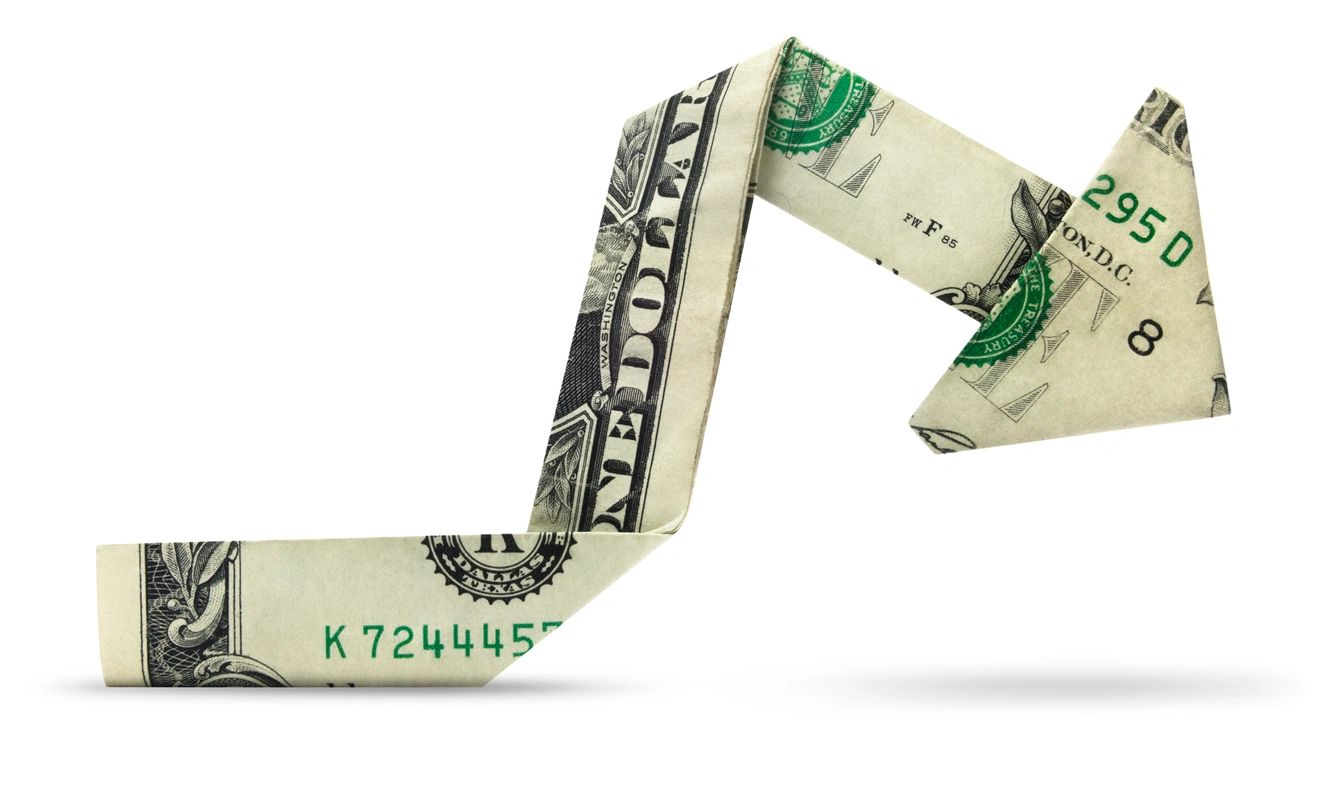Inflation occurs when too much money chases too few goods. That is the condition — how does it happen? Too much money or too few goods?
The popular myth is that inflation happens when governments and banks print too much money. Historically the opposite is true — inflation always occurs because industry produces too few goods for the existing supply of money.
The solution to inflation is to simply increase the goods available to meet the supply of money. The fundamental premise of capitalism is that producers can, and always will, find ways to produce the goods demanded by society.
Common examples that too much money causes inflation are actual examples of supply-induced inflation causing too much money. In 1871 the newly created German empire seized the coal and iron-rich region of Alsace-Lorraine on its border with the second French empire. During the next 47 years, maximizing steel production from Alsace-Lorraine, Germany transformed from a rural state to a prosperous urban industrial nation rivaling the output and living standards of England.
At the end of World War I, Alsace-Lorraine, and its steel industry, was granted to French occupation by the Treaty of Versailles. Germany lost 48% of its steel production capacity. Throughout Germany, industrial production of goods fell by 50%. The newly created Weimar Republic could have avoided inflation only by confiscating and destroying one-half of the currency in circulation. But without resources to increase production, its response to inflation was to print more money.
By contrast, at the end of World War II, one-half of Hungary’s industrial output capacity had been utterly destroyed by raging armies, and hyperinflation gripped the country. Unlike Germany at the end of WWI, Hungary still had the resources to rebuild its industrial capacity. The government did indeed print more money, directed at rebuilding industry and infrastructure instead of consumption.
The Hungarian model was not an outlier. Most of Europe’s industrial capacity had been destroyed by the end of WWII. Within three years, the Marshall Plan had restored, then surpassed, production capacity to 40% higher than pre-war levels. Concurrently wartime inflation in the USA reversed as industry responded to capitalism’s fundamental premise and retooled for the production of consumer demand for goods.
People over 40 will relate to inflation through the prism of the 1970s bout with inflation. Even though school children could quickly identify the cause of that inflation just by looking at service stations. Desperate to appear relevant during an economic crisis, economists concocted elaborate theories that persist even today, everything from ending the gold standard to federal interest rates. Then, suddenly OPEC crashed due to its own internal contradiction, a global oil glut appeared and the price of crude fell by 75% as supply exceeded demand. Deflation replaced inflation, and the economy lurched forward to a new “morning in America.” The economists’ glorious prattling about deficits and interest rates had proven entirely impotent.
Keith Davis is a retired internet software developer and 3D printer manufacturer, and a lifelong Idaho Democrat.

